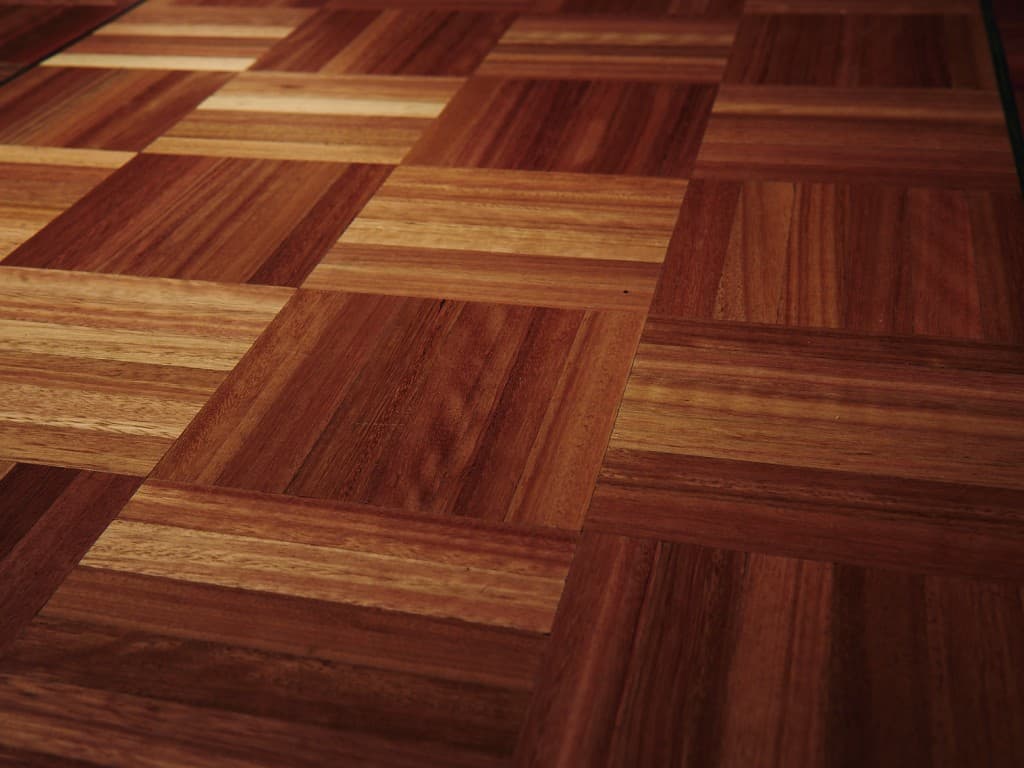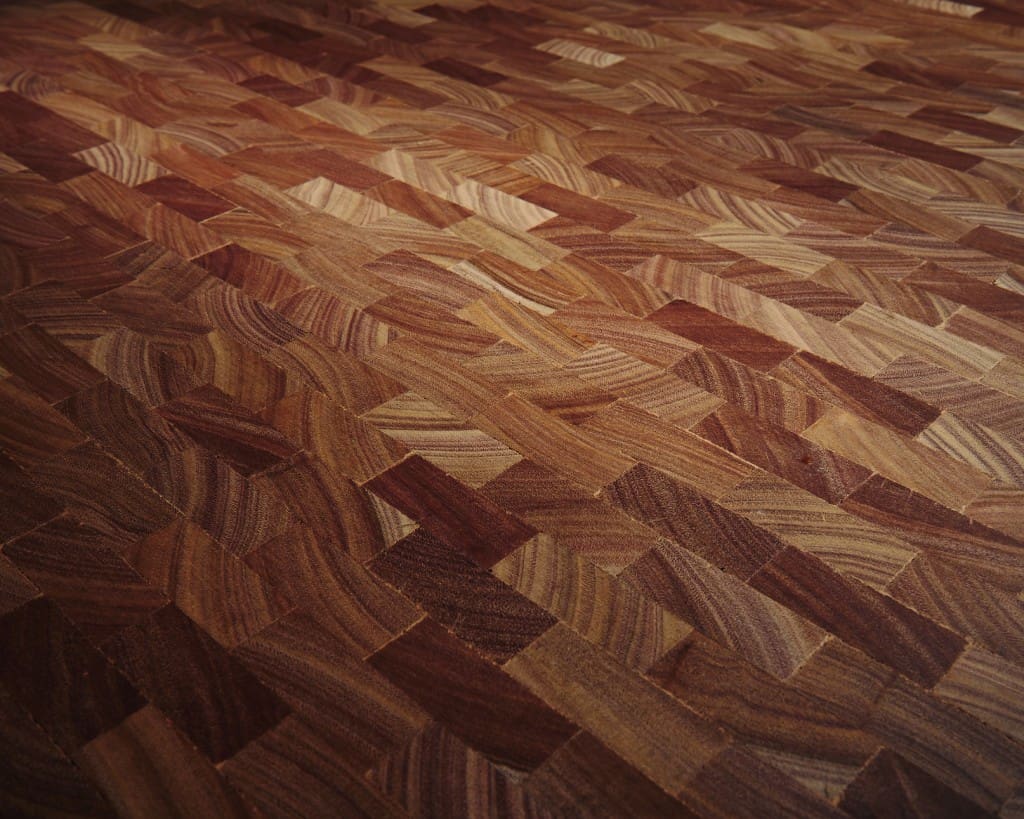Grist for the mill
In a small sleepy town in northern NSW, a parquetry mill is coming back to life.
There’s been a parquetry mill in South Grafton, NSW, for half a century. Over that time it’s had several owners and as many names: Reid’s Mill, George Hudson, and Boral, among others. It’s no backwater nobody – in the 1960s, it supplied the Sydney Opera House with laminated brush box timber for the concert hall and main foyer.
By 2008, the mill had become a part of the Boral group. When Boral implemented its centralisation strategy, the mill was one of three in the area to be shut down. The South Grafton mill was described by a Boral spokesperson as a “high-cost operation that required high capital just to keep operating”. Thirty part-time and full-time staff were let go, a blow to the small town’s economy.
For six years the mill was quiet. Newspaper articles gave the impression that it was simply abandoned, the doors locked, and everything left to gather dust.
Then early last year, signs of life began to emerge. Zak Refai and Tony Di Milia, owners of SE Timber and Tony Di Milia Flooring respectively, set about opening the factory again. 
Zak and Tony have owned flooring companies for many years, but this is their first foray into manufacturing.
“We had been approached by UTS TAFE to do quite a large parquetry job for them. We tried to get somebody else to make it overseas with Australian timber, but we had quite a few issues finding someone with the appropriate techniques. And then we thought, “Why not go to the mill that used to make it and make it up there.” Tony explains. “One thing led to another and we ended up opening up the mill.”
Under the brand Australia Timber Company (ATC), they aim to supply locally-manufactured parquetry floors made with Australian timbers. At the moment, they’re mainly using blackbutt, brushbox, spotted gum, and Tasmania oak. In a market dominated by European and American oak, as well as pre-finished products from China, Tony sees their locally grown and manufactured product as their point of difference.
“We’re trying to keep the uniqueness of the Australian timbers alive and kicking,” Tony says.
There’s currently a skeleton crew of four employees operating in 30% of the mill’s total available space.
“We’d love to have up to 20 people working here, but until we gauge how the products are accepted in the Australian market, we are sticking to a skeleton crew,” says ATC spokesperson Fiona Tye.
Of the four current employees, three were employed at the mill previously, bringing with them invaluable knowledge and skills.
“Without those guys doing what they do, we wouldn’t have been able to get the place up and running,” Tony says.
The old machinery presented many challenges.

“It’s like having two girlfriends in the same room. No one’s ever going to be happy. But it’s working out okay,” Tony jokes.
“We are dealing with 65-year-old technology, so every time a machine breaks down, we have to call in a mechanical engineer to pull apart the machine and create a part to match,” Fiona says.
While the old machinery presents problems, it’s well-made and strong.
If everything goes to plan, ATC hope to formally launch around the middle of this year, initially to the Australian domestic market and hopefully later overseas.
“We have found there is a real push for Australian timber overseas, particularly in the Chinese market, and we have contacts over there, so we can eventually push internationally,” Fiona says.
Only time will tell the success of this new venture – but fortunately, the South Grafton mill is well-practiced at waiting.
Australian Timber Company
www.australiantimbercompany.com.au
